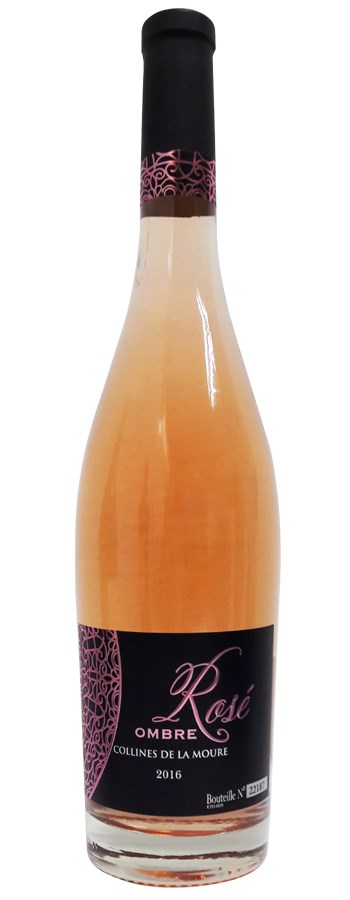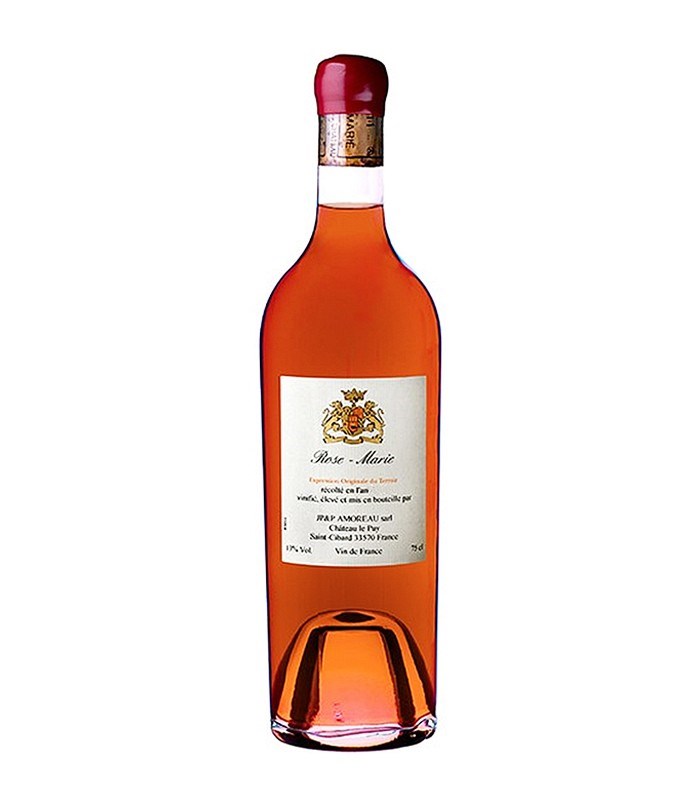 Drinking wine/Unsplash
Drinking wine/Unsplash
Heat, heat, burning heat,
Melts the soles under my feet,
Look at this! It’s kinda neat:
I’m frying an egg on the street!
Looking for delicious ways
to temper, soothe and cool the blaze
and chill throughout this summertime?
Well, looky here folks, here’s some wine.
 Ombre Rose 2017, Collines de la Moure, France. From a remote area northwest of Montpellier. I’ve never seen a strawberry creamsicle, but if it exists it smells like this. Pale and light with notes of citrus and happiness, it goes full-grapefruit in the mouth, towards a quick, clean finish. Swipes right on chips and salsa. Looks and smells like Provence Rosé (it’s no doubt the inspiration) but tastes like its own party, and given that it’s five to ten dollars less than most Provence bottles, it’s cheap enough to put it on you as well as in you, should the rising temperatures necessitate such an action. $18.99
Ombre Rose 2017, Collines de la Moure, France. From a remote area northwest of Montpellier. I’ve never seen a strawberry creamsicle, but if it exists it smells like this. Pale and light with notes of citrus and happiness, it goes full-grapefruit in the mouth, towards a quick, clean finish. Swipes right on chips and salsa. Looks and smells like Provence Rosé (it’s no doubt the inspiration) but tastes like its own party, and given that it’s five to ten dollars less than most Provence bottles, it’s cheap enough to put it on you as well as in you, should the rising temperatures necessitate such an action. $18.99
 Chateau Le Puy Rose-Marie 2016, Bordeaux, France. A Rosé that isn't. Ever wonder why the Brits call Bordeaux “Claret”? I’m gonna tell you anyway: because it wasn’t its current colour when they named it that. Back when the marriage of Henry Plantagenet and Eleanor of Aquitaine joined Bordeaux and England to form the Angevin Empire, the wines of Bordeaux weren’t red, they were a deep, electric pink, just like this rare offering from Chateau Le Puy’s winemaker Jean-Pierre Amoreau. The 13th Century English had never had a steady supply of good wine before, and they excitedly named this dark Rosé “Claret”, after the intense “éclair” of colour. Over subsequent centuries the wines reddened and darkened but the name stuck, even as the original Claret style passed into legend. But did it? Mr. Amoreau, already renowned for his pre-20th-century methods and style, makes this robust, floral, beautifully rustic throwback by running off Merlot juice during fermentation (saignée method, for those taking notes) and keeping it in old oak for almost a year, no added sulphites, no pesticides, farmed by horse. It’s more funk than fruit, big and round in the mouth. Very cool, very rare. $78.49
Chateau Le Puy Rose-Marie 2016, Bordeaux, France. A Rosé that isn't. Ever wonder why the Brits call Bordeaux “Claret”? I’m gonna tell you anyway: because it wasn’t its current colour when they named it that. Back when the marriage of Henry Plantagenet and Eleanor of Aquitaine joined Bordeaux and England to form the Angevin Empire, the wines of Bordeaux weren’t red, they were a deep, electric pink, just like this rare offering from Chateau Le Puy’s winemaker Jean-Pierre Amoreau. The 13th Century English had never had a steady supply of good wine before, and they excitedly named this dark Rosé “Claret”, after the intense “éclair” of colour. Over subsequent centuries the wines reddened and darkened but the name stuck, even as the original Claret style passed into legend. But did it? Mr. Amoreau, already renowned for his pre-20th-century methods and style, makes this robust, floral, beautifully rustic throwback by running off Merlot juice during fermentation (saignée method, for those taking notes) and keeping it in old oak for almost a year, no added sulphites, no pesticides, farmed by horse. It’s more funk than fruit, big and round in the mouth. Very cool, very rare. $78.49
Written by Jordan Carrier, Vintage Room Consultant at Everything Wine – River District.


